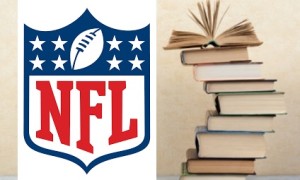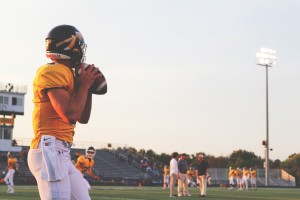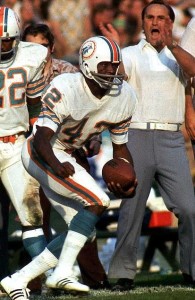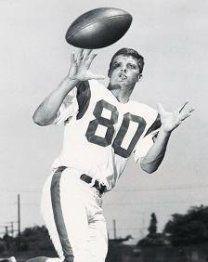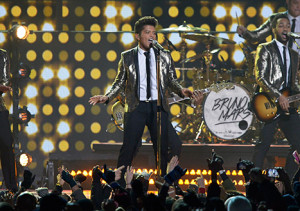Do Wonderlic Scores Correspond With Success in the NFL? Comments Off on Do Wonderlic Scores Correspond With Success in the NFL?
The Wonderlic Test is an important test that has been widely used by prospective employers to assess different abilities in a candidate. It has 50 questions to be answered in 12 minutes. A score of 20 reflects average intelligence and a score of 10 points and below means that a candidate is illiterate. In NFL, the test has played an important role in assessing team making efforts in a player.
The NFL uses the test to assess the critical thinking abilities of a player. As a matter of fact, the NFL usually doesn’t consider whether a player is good in Math or understands what the meaning of certain words is. It cares about the ability of a player to solve problems within the shortest time possible.
Wonderlic Score and Success in NFL
Wonderlic Tests help to analyses the potential of an NFL player. It measures a players skills, and how the player can perform at the next level. Therefore, if you are curious about whether the score determines the overall performance of a player, the truth is that the test offers a good comparison on what to expect in the future.
Ideally, the Wonderlic Test focuses on the problem-solving skills of an NFL player in an environment that is mentally taxing. Time and again, NFL teams get standardized Wonderlic Scores or results. This is usually a solid result, and it doesn’t doom a players chances of performing exceptionally well in NFL. Read the rest of this entry →
